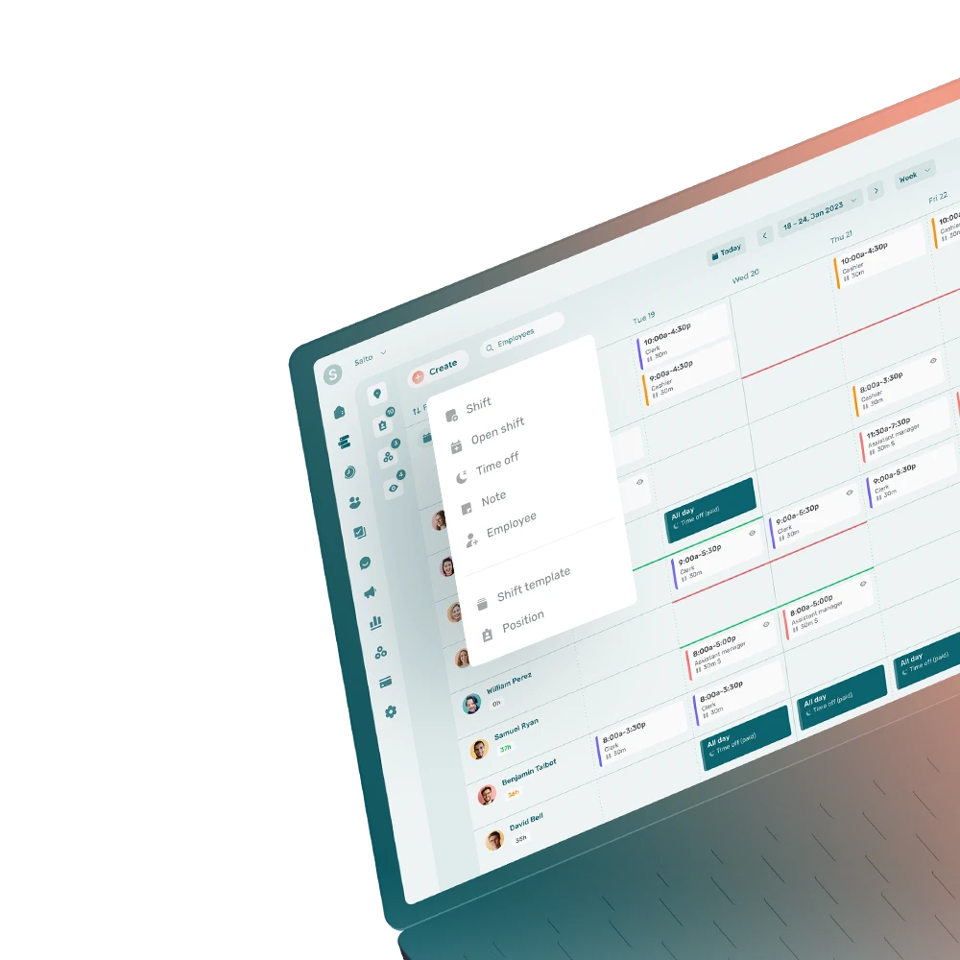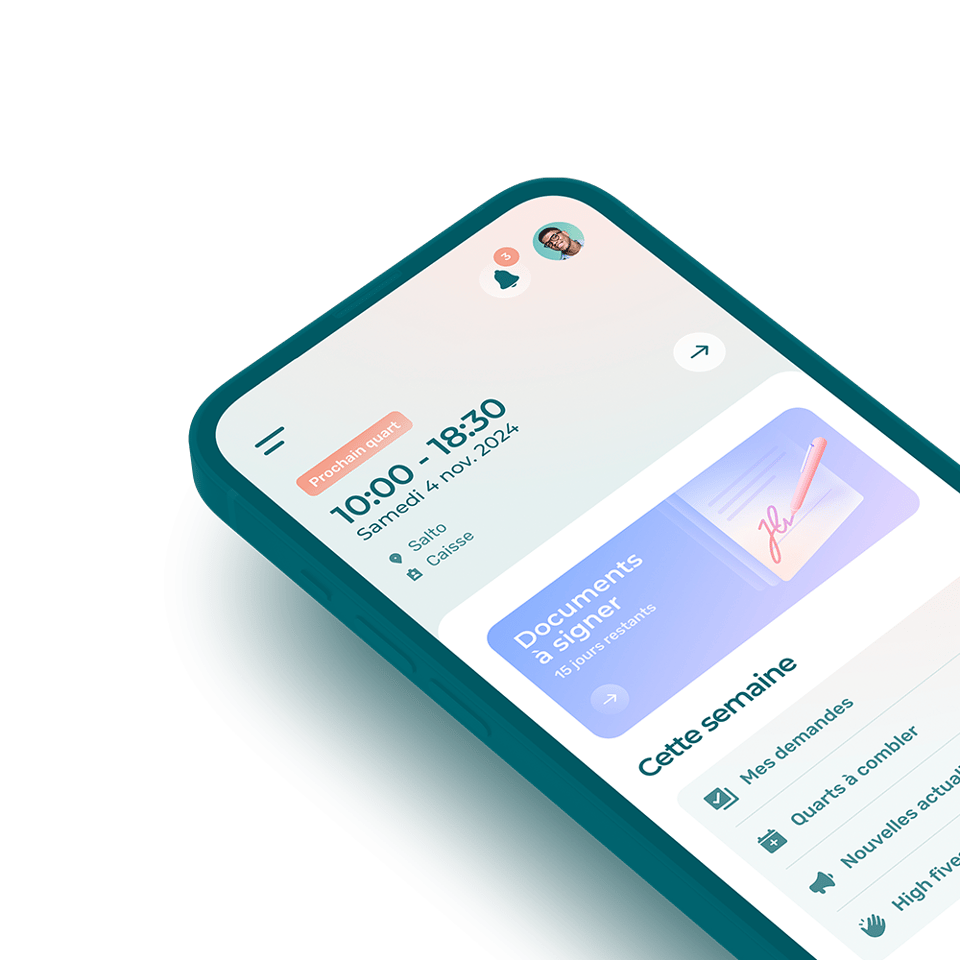A biometric time clock (or punch clock) is a system that tracks employees’ work hours by exploiting their unique biological features (eyes, voice, facial shape, fingerprint, etc.) to identify them.
How Does a Biometric Time Clock Work?
Biometric time clocks work with biometric recognition sensors. The clock is able to recognize an employee’s features (facial shape or fingerprints, for example) and use them to validate time entries.
So, when an employee clocks in for their shift, the time clock only accepts the entry if their features match the information stored in the system.
Why Use a Biometric Time Clock?
Biometric time clocks help better manage employees’ work times. They allow companies to quickly validate employees’ identities and make sure that they’re in the right place at the right time.
What Are the Benefits of a Biometric Punch Clock?
The benefits of biometric time clocks typically include:
- Avoiding time theft and identity fraud
- Making fewer payroll errors
- Making it easier to monitor employee absences
What are the different types of time clocks?
The various types of time clocks used in companies are generally:
- Mechanical time clocks that use a physical medium such as a punch to record hours worked
- Mobile time clocks that record work hours in a computerized or cloud environment using a personal identification number
- Telephone time clocks that associate a telephone number with a specific location
- RFID time clocks and barcode time clocks that track hours using a physical reader and a card or chip
- Biometric time clocks that verify employees’ features when they clock in and out
What’s the Difference Between a Biometric Time Clock and a Digital Time Clock?
A biometric time clock uses unique biological features to recognize employees and authorize their time entries. The most common ones are facial shape and fingerprints.
A digital time clock, on the other hand, records employee time entries in a computer or cloud-based system using a personal identification number.




